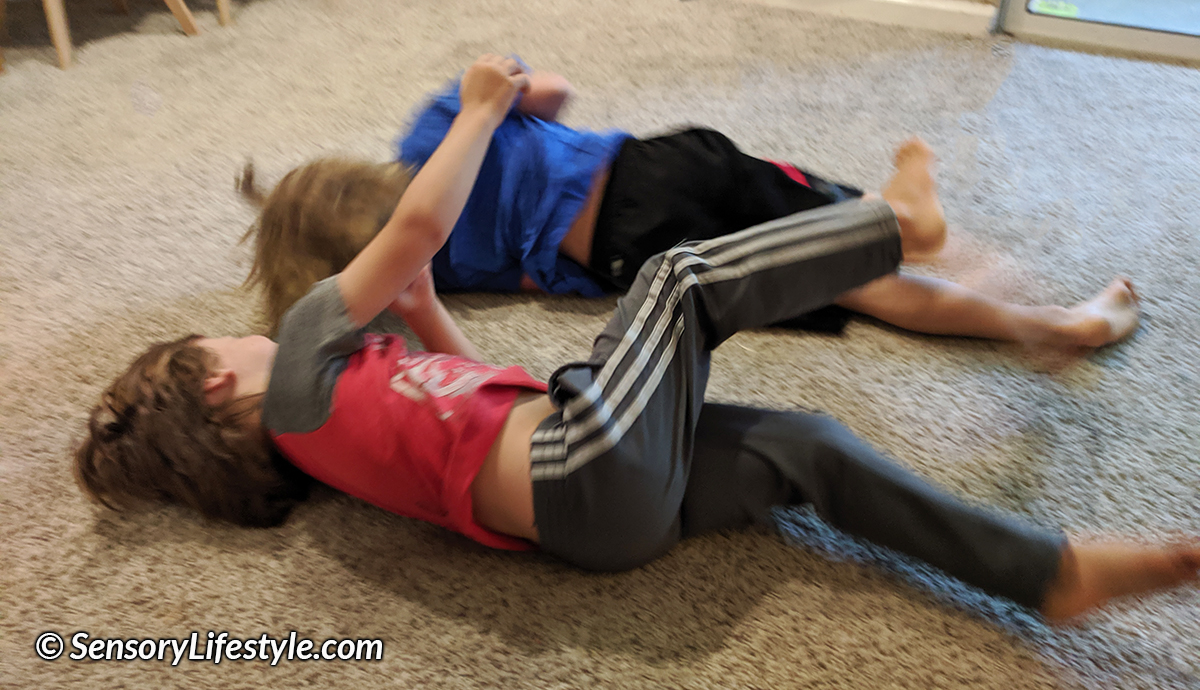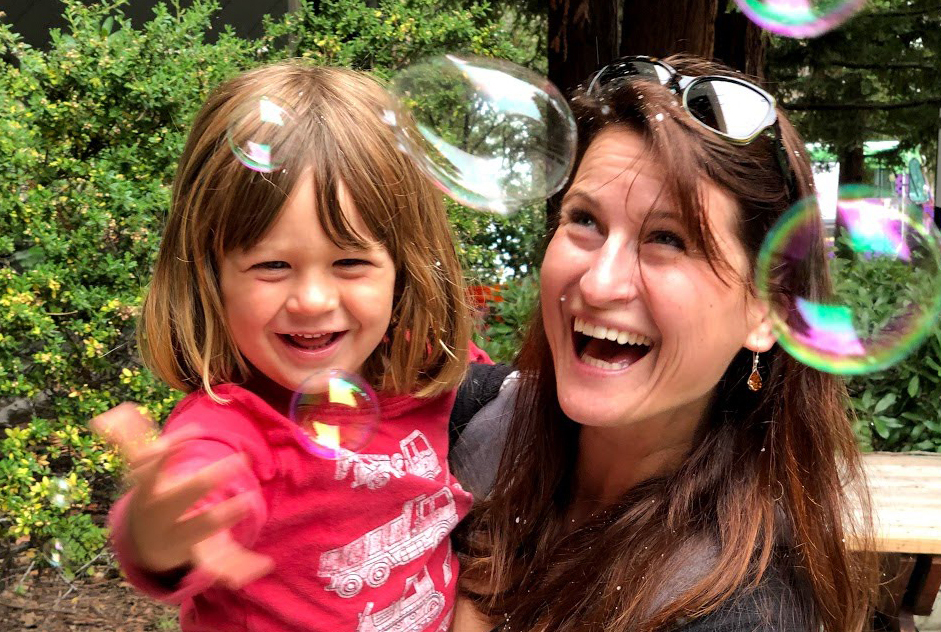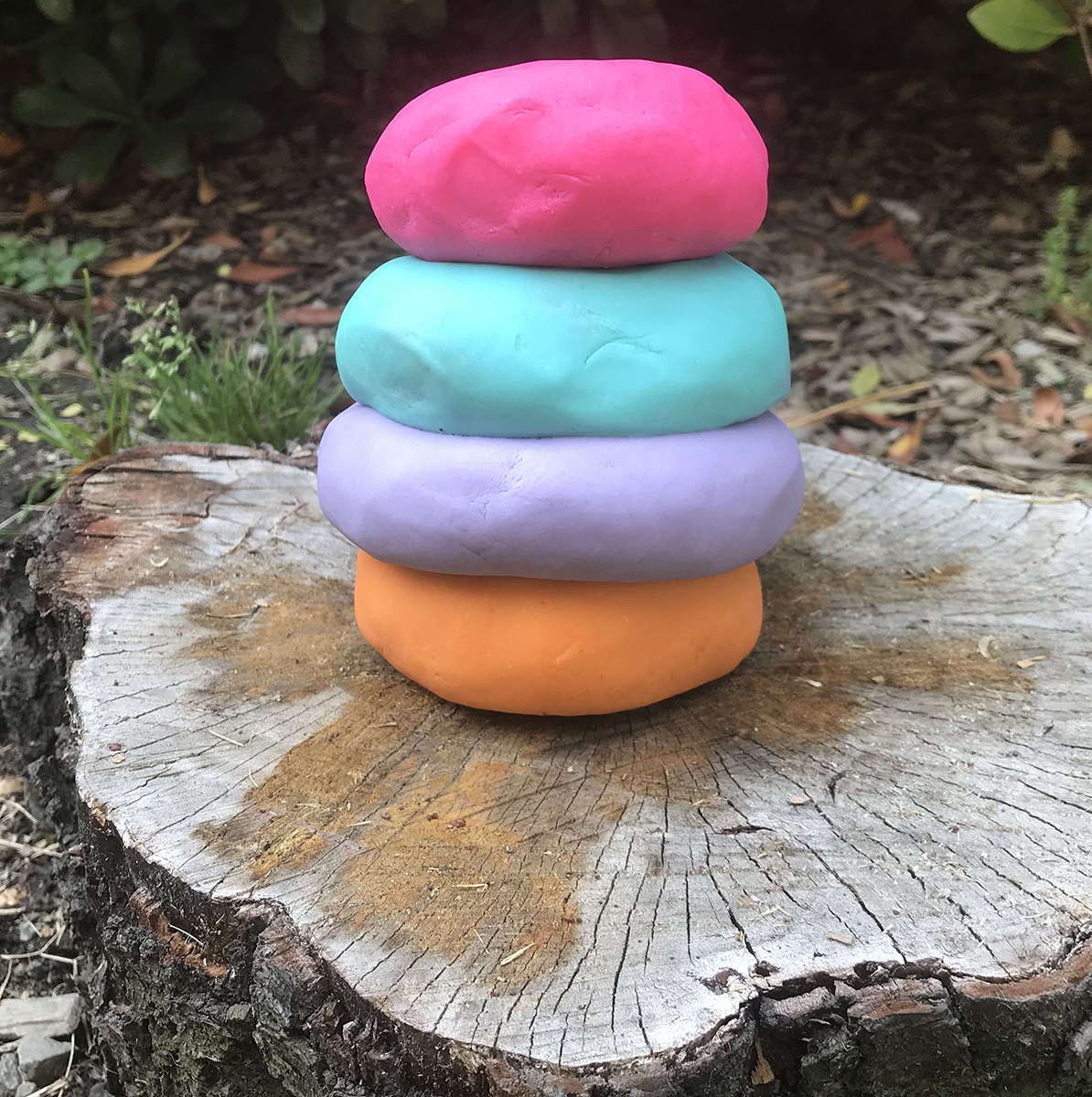My Child Loves to Hang Upside Down
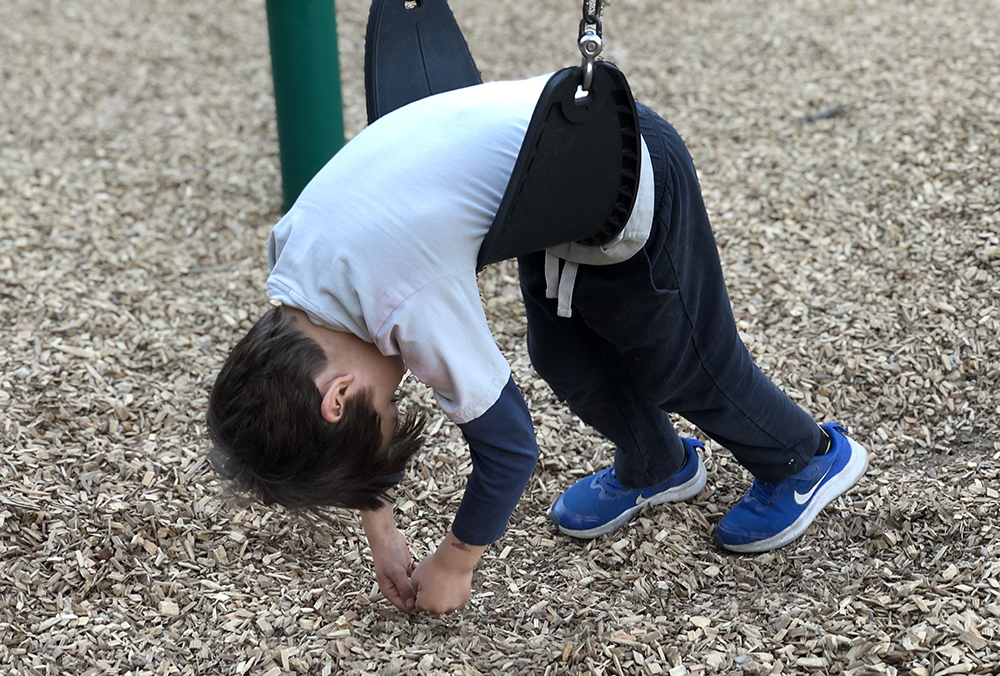
2 min read
Does you child loves to hand upside down or frequently looks for opportunities to put their head down? Do they hang their head down the side of the couch, or when they are sitting in their seat? Maybe even when they are just playing around, then just drop their head down while standing?
Well, if you have come to this post you must have noticed this behavior happening in your child and maybe wondered why?
Why does my child hang upside down?
Being upside down or also called inverting your head stimulates your child’s nervous system. Specifically their vestibular system.
The vestibular system processes head position in space. It helps to figure out where you are in space and adjusts your body to maintain balance, equilibrium and to hold you up against gravity.
Head inversion also stimulates the parasympathetic nervous system. It is part of the autonomic nervous system that regulates the bodily functions. The parasympathetic nervous system calms the bodily functions and relaxes the individual.
Depending on your child’s sensory profile they may be using it for different reasons.
Low Arousal Child
This child can also be referred as having an under responsive sensory profile. These children’s brain stem doesn’t get much sensory input. Therefore they may present as:
- Low Activity Child: Someone who is not motivated or has no energy to participate and engage. They prefer sedentary activities.
- High Activity Child: Someone who is constantly seeking out movement and are in need of constant stimulation.
If your child falls into this category they would be using this activity as a way to regulate their nervous system. Inversion is the most intense position of the vestibular system. This is a powerful way to feel this sensation and wake up the brain stem.
The low activity child can be more alert and the high activity child will get their bucket filled and reduce their need for movement.
High Arousal Child
This child can also be referred as having an over responsive sensory profile. These children feel sensations more intensely and are frequently in the ‘fight and flight’ zone.
- Low Activity Child: This is someone who will frequently avoid interactions or environments to reduce their stressors.
- High Activity Child: This is someone who is completely stressed out and may be hurting themselves, others or have frequent outbursts.
If your child is in this category they are hanging upside down to calm down their nervous system.
When hanging upside down they are also stimulating their proprioceptive sense through the traction in the spine. This sensation is both organizing and calming for the brain
How to support your child?
Your child’s own brain has figured out how to support their self regulation. Therefore, it’s important to understand that they need this sensation.
- Support your child’s need to hang their head upside down. However, make sure that they are doing it in a safe location.
- Encourage other vestibular activities such as jumping, running, rolling, dancing, swinging
- After a vestibular activity encourage some heavy work play that includes pushing, pulling, lifting or carrying. This will support organization of the brain after it became more alert following a vestibular activity. Some examples include:
- Rough & Tumble
- Tug of War
- Climbing trees/playground structures
- Animal walks
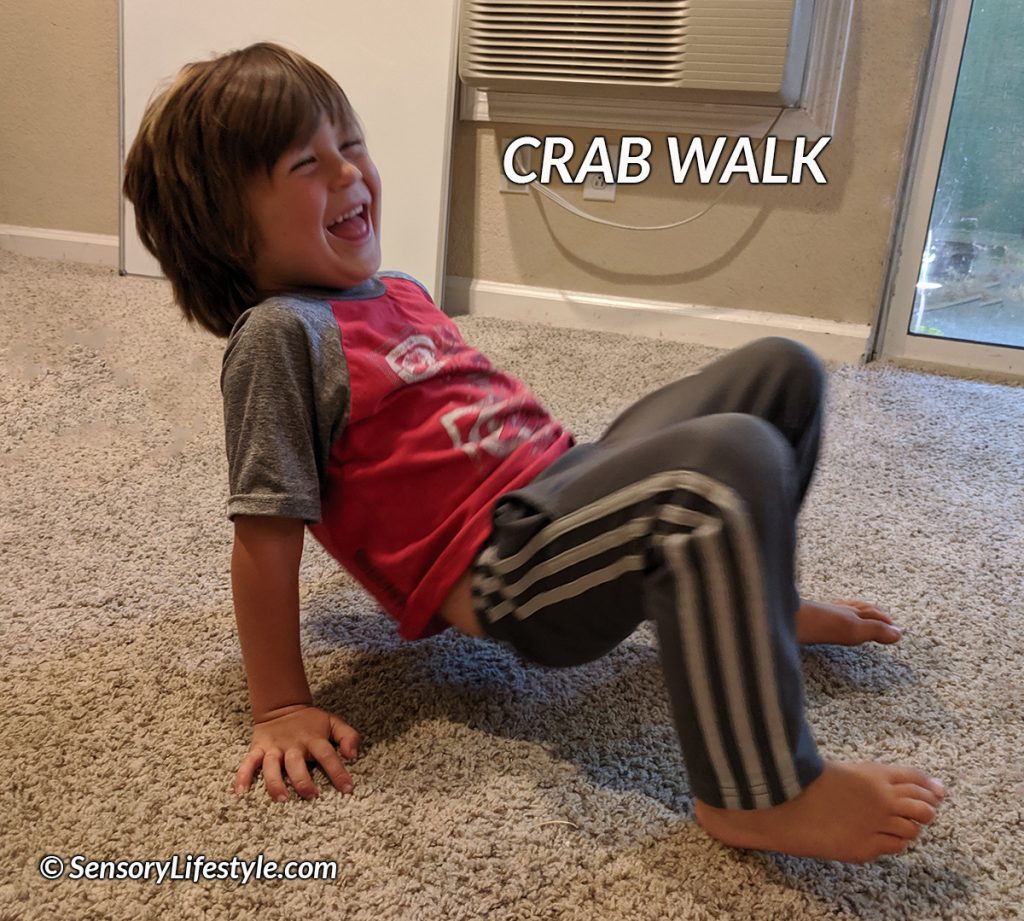
In summary, don’t stop your child from hanging their head upside down. Make sure they can do it in a safe environment and provide them with plenty of opportunities to be active throughout the day.
~ Urszula (Pediatric Occupational Therapist)
